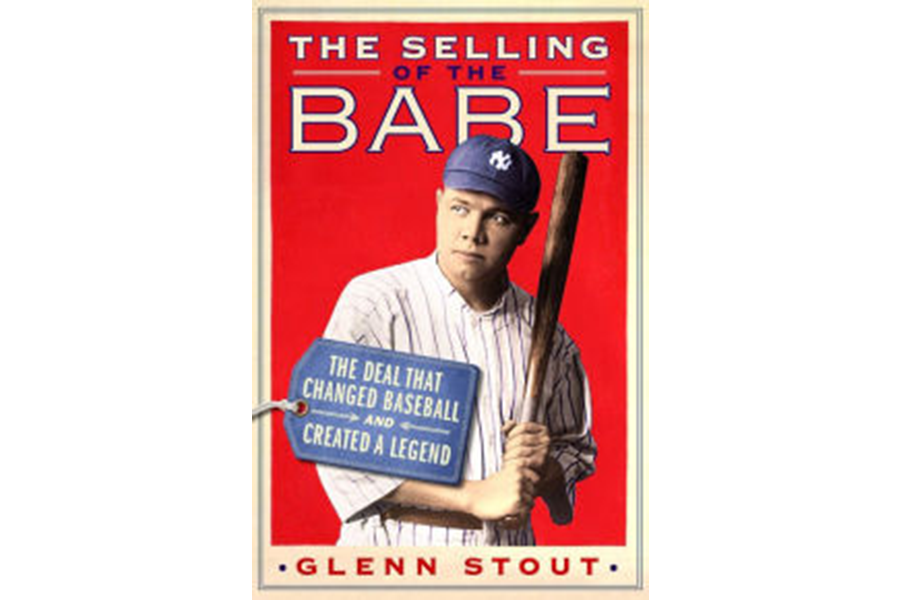OK, every serious baseball fan knows that the Boston Red Sox traded Babe Ruth to the Yankees in surely the most second-guessed transaction in American sports history. And many are confident they know the relevant details that led Red Sox owner Harry Frazee, a Broadway impresario, to trade Ruth to help fund a production of the musical “No, No Nanette.” But the real facts are thoroughly laid out in “The Selling of the Babe” by Glenn Stout, a historian who has previously written “Red Sox Century” and “Yankee Century.” The deal did more than affect the long-range trajectories of the two teams involved, it may have saved baseball from the stain of the “Black Sox” scandal and provided it with the perfect slugging icon as the home-run-stingy Deadball Era was ending.
Here’s an excerpt from The Selling of the Babe:
“In New York the upper crust didn’t just invite Ruth out, they often came to him. Many evenings he didn’t even bother to go out at all but held court in his suite at the Ansonia as dozens of newfound friends and admirers drank his liquor, ate his sandwiches, and fought for his attention. Even the press was welcome inside, a measure of the ease he felt being himself in their presence. The only one not enjoying everything was Mrs. Ruth, who was often left alone in the corner. The Babe was on an elevator going up fast and there just wasn’t room for her on the car.
“It helped that Ruth could, to a degree, play and look the part. In Boston, he had favored straw hats; in New York he wore a stylish driving cap, a camel’s hair coat, a brand-new silk shirt every day of the week, had his shoes polished, drove a sleek Packard, and smoked expensive cigars. Among the high and mighty Ruth’s crude manner and off-color way of speaking was considered deliciously scandalous, something one had to witness in person, an experience to collect like a rare orchid.”







